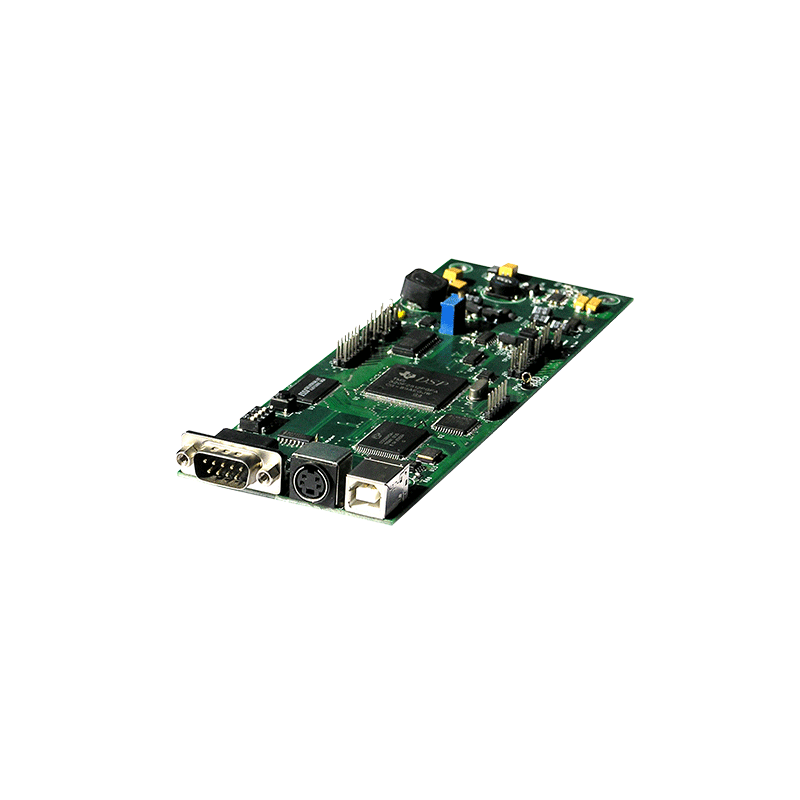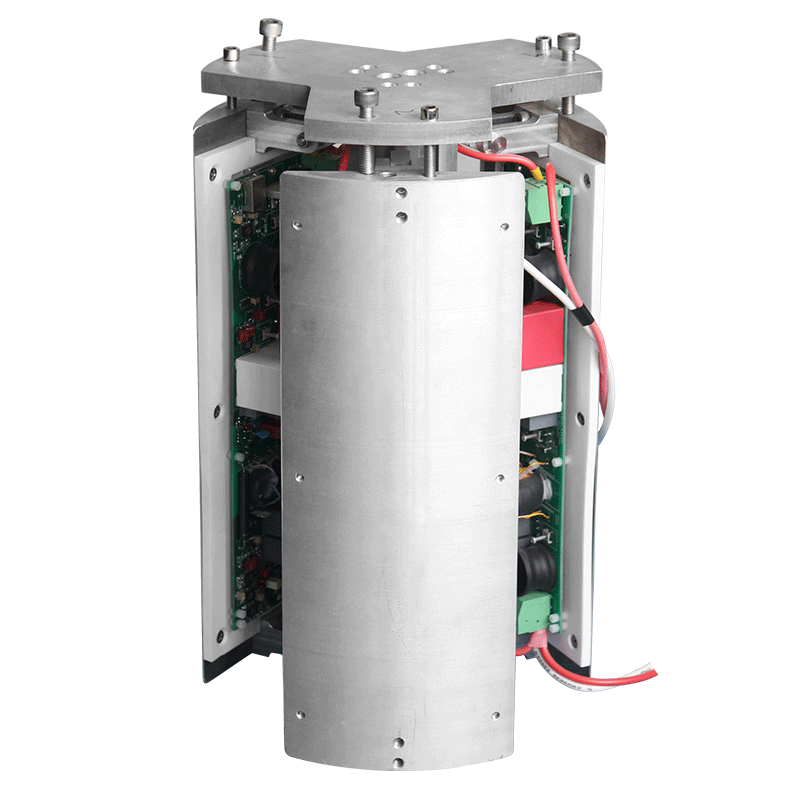Current Status and Challenges of Submarine High-Voltage Direct Current Transmission Technology
I. Introduction
With the continuous growth of global energy demand and the rapid development of renewable energy, the exploration and utilization of marine energy such as offshore wind power have gradually become a research hotspot. Submarine high-voltage direct current (HVDC) transmission technology, as a key technology connecting marine energy with onshore power grids, plays a significant role in achieving efficient transmission of remote marine energy. This article will discuss the current status and challenges faced by submarine HVDC transmission technology from a professional perspective.
II. Current Status of Submarine High-Voltage Direct Current Transmission Technology
(I) Technical Principle
Submarine HVDC transmission technology adopts the direct current transmission method, transmitting the electrical energy generated by marine power generation equipment to onshore power grids through submarine cables. Compared with alternating current transmission, direct current transmission has advantages such as lower line loss, better stability, and longer transmission distance, making it particularly suitable for long-distance and large-capacity power transmission.
(II) Technological Development
In recent years, with the rapid development of power electronics technology, submarine HVDC transmission technology has made significant progress. At present, there are several commercial submarine HVDC transmission lines operating around the world, such as NordLink and BritNed in Europe. The successful operation of these lines has proven the feasibility and reliability of submarine HVDC transmission technology.
(III) Key Equipment
The key equipment of submarine HVDC transmission systems includes converters, submarine cables, and auxiliary systems. Among them, the converter is the core equipment for realizing AC/DC conversion, and its performance directly affects the efficiency and stability of the entire system. Submarine cables need to have excellent electrical, mechanical, and environmental resistance properties to ensure long-term stable operation.
III. Challenges Faced by Submarine High-Voltage Direct Current Transmission Technology
(I) Technical Difficulties
Although submarine HVDC transmission technology has made certain progress, there are still some technical difficulties that need to be resolved. For example, further research is needed in areas such as improving converter efficiency, optimizing the insulation performance of submarine cables, and fault diagnosis and protection.
(II) Economic Costs
The construction cost of submarine HVDC transmission projects is relatively high, mainly including equipment procurement, installation and construction, and maintenance costs in the later stage. In addition, due to the particularity of the marine environment, projects also need to consider marine environmental protection and other factors, which further increase the economic cost of the project.
(III) Environmental and Climatic Conditions
Submarine HVDC transmission lines need to be exposed to complex marine environments for a long time, affected by various natural factors such as waves, tides, and ocean currents. These factors may cause wear and corrosion of cables, thereby affecting the stability and service life of the lines.
(IV) Safety Issues
Submarine HVDC transmission technology involves high voltage and large current, so safety issues must be highly valued. In the design and operation process, effective safety measures need to be taken to prevent accidents such as electric shock and equipment damage.
IV. Conclusion and Outlook
In summary, submarine HVDC transmission technology plays an important role in the development and utilization of marine energy but still faces many challenges. In the future, with the continuous advancement of science and technology and innovation, we believe that these challenges will be gradually overcome, and submarine HVDC transmission technology will embrace a broader application prospect.




















